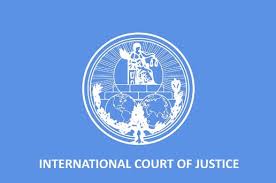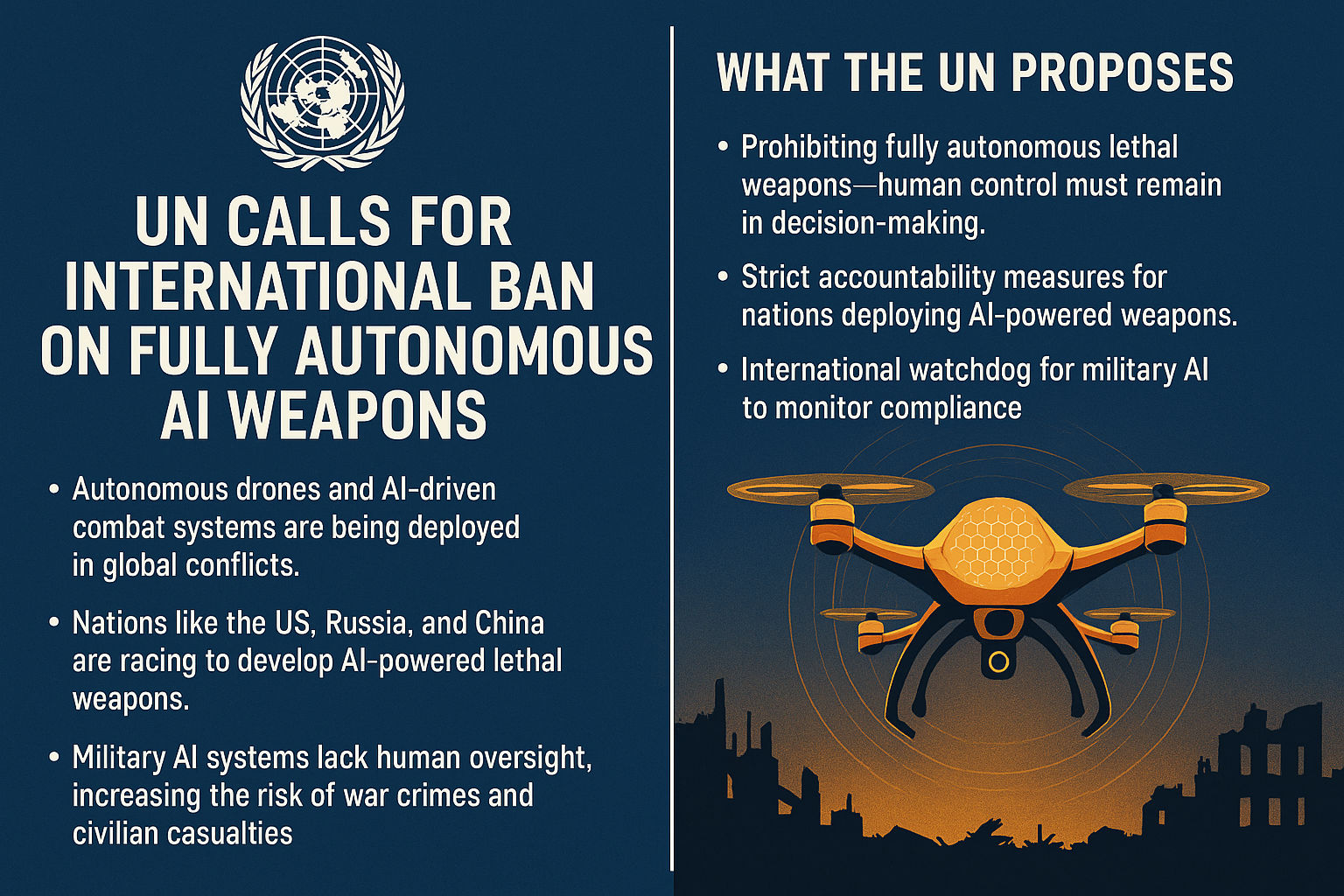Rights and Duties arising out of State Succession
Rights and Duties Arising Out of State Succession
1. What is State Succession?
State succession refers to the replacement of one state by another in the responsibility for the international relations of a territory.
Occurs in cases like independence, unification, dissolution, or cession of territory.
2. General Principle
When a new state succeeds another, questions arise about which rights and obligations pass to the successor state.
No comprehensive treaty governs all aspects; principles come from customary international law, treaties, and state practice.
3. Types of State Succession
| Type | Example |
|---|---|
| Newly Independent State | Former colony becomes independent (e.g., India from Britain) |
| Dissolution | One state breaks into multiple states (e.g., USSR) |
| Unification | Two or more states merge (e.g., Germany) |
| Cession | Transfer of territory between states (e.g., Alaska purchase) |
4. Rights and Duties of the Successor State
4.1 Rights
Territorial sovereignty: Full control over the territory.
International personality: Right to enter into relations and treaties.
Property rights: Claims to state property in the territory.
Membership in international organizations: May continue or need to apply anew.
4.2 Duties
Respect existing treaties and obligations: Especially those concerning boundaries, human rights, and international responsibilities.
Succession to debts and financial obligations: Often negotiable; no absolute rule.
Recognition of nationality and citizenship issues: Protect rights of inhabitants.
Respect of diplomatic relations and privileges in the territory.
5. Theories on Treaty Succession
“Clean Slate” Theory: Newly independent states are not bound by treaties of predecessor states unless they choose to succeed. Mostly accepted for new states emerging from colonial rule.
Continuity Theory: Successor states inherit all treaty obligations. More applicable in cases of unification or dissolution.
6. Key International Instruments
Vienna Convention on Succession of States in Respect of Treaties (1978)
Applies mainly to newly independent states.
Establishes the “clean slate” principle.
Vienna Convention on Succession of States in Respect of State Property, Archives and Debts (1983)
Deals with transfer of property and debts.
7. Examples of Rights and Duties in Practice
a. Boundary Treaties
Successor states are generally bound by boundary treaties to avoid conflicts (e.g., treaties between India and Pakistan after partition).
b. Debts and Financial Obligations
Successor states may negotiate their share of predecessor’s debts (e.g., Russia and former Soviet republics).
c. Membership in International Organizations
Some successor states automatically continue membership (e.g., Russia in the UN Security Council post-USSR).
Others must apply anew (e.g., new states after Yugoslavia breakup).
8. Case Law Examples
a. The Nottebohm Case (Liechtenstein v. Guatemala), ICJ 1955
Highlighted issues about nationality and diplomatic protection after state succession.
b. Gabcíkovo-Nagymaros Project (Hungary/Slovakia), ICJ 1997
Addressed continuity and obligations after territorial changes.
9. Summary Table
| Aspect | Explanation |
|---|---|
| Territorial Sovereignty | Successor state gains sovereignty over territory |
| Treaty Obligations | Varies: “clean slate” for new states; continuity for others |
| Financial Obligations | Successor may share debts; negotiable |
| Property Rights | Transfer of state property to successor |
| Nationality | Successor manages citizenship laws |
| International Organization Membership | Depends on type of succession; automatic or new application |
10. Conclusion
State succession involves complex legal questions regarding which rights and duties pass to the successor.
The nature of succession (new state, dissolution, unification) determines the rules.
International law balances stability of international relations with the rights of new states.


























0 comments